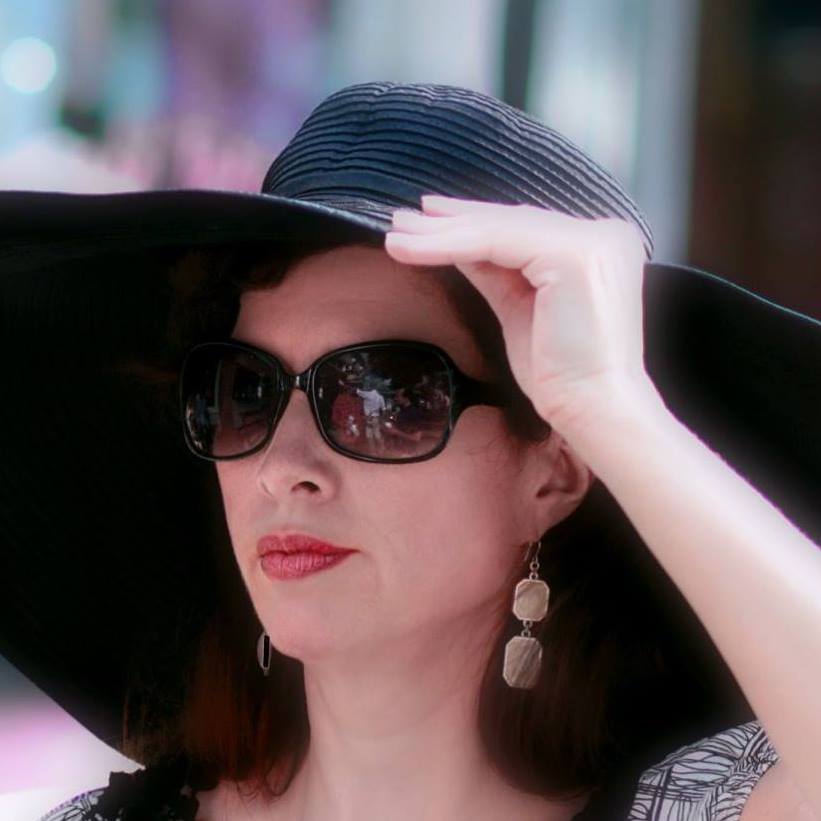As the Mercantile Complex is undergoing significant renovation and demolition, the art located in the complex is in danger of being destroyed if it is not removed.
The history of the Mercantile art is an interesting combination of capitalism, civic pride, and artistic vision. As Chairman of the Board of the Mercantile (and later Mayor of Dallas), R.L. Thornton oversaw the greatest art and architecture project in the city’s history outside of Fair Park. Prominent artist and designer, Millard Sheets, a specialist in the blending of art and architecture, was commissioned to design and oversee the completion of a unified body of fine art to be placed in the Mercantile complex and to serve as a crowning example of business’ role in civic beautification. It was to be Thornton’s gift to his city.
Under Thornton’s direction, Millard Sheets gathered a remarkable team of more than 20 artists complete the Mercantile expansion. The majority of artists were students or colleagues of Sheets’ from California’s Otis Institute and Scripps College, though prominent local artist Octavio Medellin also participated.
Art of all types was commissioned including paintings, watercolors, murals, hand-made French tapestries, carpets, art glass, ceramics, sculpture, and Venetian mosaics in gold, platinum glass and precious stones. Each composition was designed or overseen by Sheets to ensure a unified body of work and reflects his experience as a New Deal artist of the 1930s. The result was, and remains, one of the finest examples of post-war art and design in the nation.
The art that we are most focused on saving are three kinds of mosaics: free-standing mosaics that are over ten feet tall, somewhat smaller bird mosaics that are surrounded by a type of hard plastic and raised slightly out of the building’s walls, and mosaics that are imbedded into the Travertine walls.
On Saturday I toured the Mercantile Complex along with an art conservator, and representatives from Architexas, Preservation Dallas, and Friends of Fair Park.
I hadn’t been in the Mercantile before. The art is beautiful — take a look at the pictures. The conservator, Michael van Enter, was amazed by the quality of the mosaics. He felt that it would be a crime to let them be destroyed, and it was his opinion that all of the artwork could be saved.
Forrest City, who is receiving $70 million in public incentives to develop the property, has agreed to take out the free-standing mosaics. Now the race is on to save the rest of the art.
To determine exactly how much it will cost to remove the art, I have asked the conservator to analyze the mosaics over the next couple of days. (I’m paying this out of my campaign funds, and Veletta Lill and ArchiTexas have also agreed to help defray the $2000 cost.)
We should have a cost analysis by Friday. Ideally, I would like to see the entire collection moved to Fair Park. Forrest City will contribute $20,000 towards removal of the art, and the City will contribute $12,000. If that is not possible, we are also looking at giving the art to Downtown developers who will agree to fund the removal. They must display the art in public spaces in Downtown buildings.
I will keep everyone updated as I get more information.



